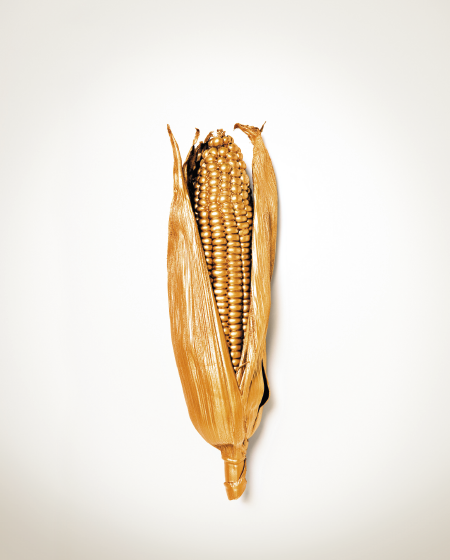‘This is indeed a very special year for us. Starting out as a pure agricultural market 20 years ago, there were a number of market participants who, at the time the grain sector was being deregulated, felt derivatives was just one step too far. Today we are able to easily trade the underlying maize crop 10 times over and we have a number of metal and energy products included in our mix,’ says Chris Sturgess, the JSE’s Director of Commodities.
The commodity derivatives market began as an agri-focused product house and a member of Safex. Trading was launched on 31 July 1995 with a chilled beef carcass contract as well as grain and oilseed forward contracts, followed by a cash-settled potato contract.
The market took off strongly with the introduction of white and yellow maize contracts in 1996. It was a move that entrenched the credibility of the commodity derivatives market, and bread milling and soya bean contracts were soon added to the mix.
‘Both of these products introduce us to new clients and new markets, and so we see exciting times ahead’
CHRIS STURGESS, DIRECTOR OF COMMODITIES, JSE
In 2001, Safex was bought by the JSE. It’s now a fully integrated part of the diversified business of the JSE. In 2009, the exchange entered into an agreement with the CME Group to license its benchmark cash-settled corn futures.
This has expanded to include various derivatives on a range of commodities, including instruments in the energy market.
Sturgess lists a number of highlights, including its first option trade, which took place during a drought year ‘and was a great introduction to the market’. Another was the listing of the soya bean contract. ‘When we first introduced the 25 ton soya contract, our annual production in South Africa was only around 130 000 tons,’ he says. ‘Today, with a large shift towards soya production, we now produce around 1 million tons and so also increased our standard contract size to equal 50 tons.’
The trading of the first million contracts was a milestone. Today the market trades close to 3 million contracts in a single year.
February 2015 saw new records for the number of trades, at 396 012 contracts and a trade value of R75 billion. Performance continues to be excellent, with average daily volumes of more than 14 000 contracts a day.
A recent exciting development has been the launch of the JSE Euronext milling wheat futures contract, which officially started trading on 8 July this year. Through this, Euronext will be extending its reach into Africa.
As part of a mutual licence agreement, the JSE said it would offer market participants a cash-settled and rand-denominated version of Euronext’s milling wheat contract. The contract size is 50 tons and is intended to make it easier for local participants to access another international exchange.
‘With local demand for the contract and more imported wheat coming through from Europe, this product makes it easier for participants to price off the Matif wheat contracts,’ says Sturgess, adding that there is much promise in the commodity derivatives business.
‘It’s clearly a very tough time for commodity markets in general, but we know that what goes down must go up. We remain confident the business will continue to grow as we bring on more hedgers to use the instruments available.’
In the short term, the JSE is working on re-introducing a cash-settled beef carcass and weaner contract to assist the sector, as well as a US-dollar traded and settled Zambian white maize, wheat and soya bean contract with delivery points in Zambia.
‘Both of these products introduce us to new clients and new markets, and so we see exciting times ahead. Longer term, we have set our sights on weather derivatives and even a deliverable diesel contract for South Africans to use to manage these risks.’ Sturgess has credited the JSE’s clearing members, registered members, storage operators and the team at the JSE for their support in enabling the business to venture out into new commodity sectors.
He is upbeat about opening up trading opportunities in Africa through the JSE’s partnership with the Zambian Commodity Exchange. ‘This will introduce South African member firms to Zambian clients, and visa versa. If we could continue to grow the production base of Zambian commodities like maize, wheat and soya, we have another major supplier that will complement trading opportunities for the entire region.’









